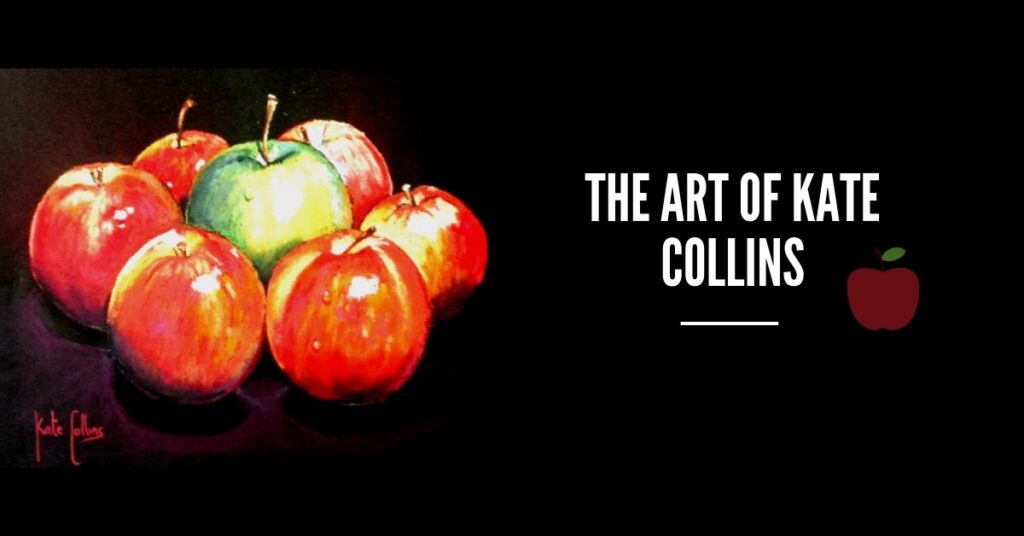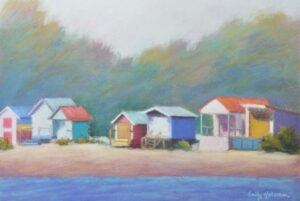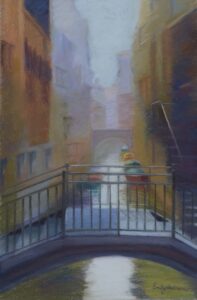
Still life paintings are a common preference for many people when it comes to home decor. This is really no surprise as these still life artworks blend beautifully with different themes and styles. Still life art prints can transform a bare walls into a striking and creative one, presenting a classic touch that will never go out of style. Such art pieces look astonishing but painting them using pastels is a challenging task. You need to learn proper techniques of sketching, creating lighting effects and blending of colors. Each element in a still life painting must be controlled by an artist in order to achieve a desired result. All the same, there are no limits when it comes to painting with pastel colors and creating a range of artwork. Here are a few tips that will help you to to paint a realistic still life painting:
-
Sketching a Preliminary Outline
Before starting to sketch your still life wall art, you need to have an idea or reference to start with If you are a beginner you can take anything from your home as a reference and start working. Let’s take ‘Bite Me’ a painting by Kate Collins as a reference here. Start with a preliminary sketch of the apples, using a pencil on your canvas. You don’t have to make a detailed sketch, just an outline that will help you to fill in colors later.
-
Selecting Colors
After making a rough sketch, start selecting the color composition you want to use in your painting In this painting, red is the majority color, while green and black is used to give further detailing. Choice of colors is enacted according to the effect you want to achieve in your painting.
-
Blocking in Colors
Next, start blocking-in the major color on the canvas. Fill in the colors in the inward direction from outside of the subject boundary and also make sure to fill in only one direction. In this painting, the major color is red therefore, fill in red colors in your rough sketch with simple strokes.
-
Massing Dark Objects
Massing is a technique to highlight darker objects like shadows in a painting. This helps to simplify the forms and objects of a painting that are not important to define. The shadows created by massing dark objects can help to structure a painting for example.
-
Blending Colors
Unlike any other, pastel colors are often blended on a canvas. Therefore, learning how to blend colors together and form different patterns and textures is really important. You can use blending tools like a knife, cotton ball or a brush to blend the colors. Otherwise, use your fingertips to give soft and fine touches to your painting. As best you can, be sure to blend your pastel colors properly while creating still life wall art prints.
-
Finishing Touches
Leave the least essential objects and details for last. Refine your painting with fine detailing of shadows, light and darker objects. First work with your major colors and use lighter and darker shades to create a realistic effect on the subject.
Conclusion
If you are looking for some amazing still life art prints for decorating your home or office walls, then check out our gallery of beautiful still life wall art. We have a huge collection of still life artwork from renowned artists including Kate Collins. She is a member of the Pastel Society of Victoria and has also won many awards for her paintings. See our collection and you might be inspired to become an artist yourself.


